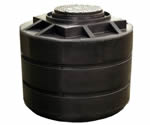31 Jan Lead in our homes
3.5 million homes in Australia contain lead-based paint (Lead Group, 2012). Listen to my podcast interview on The Good Doctors on the heavy metal lead. It’s that time of year again when our children go back to school and it got me thinking about a study I...



